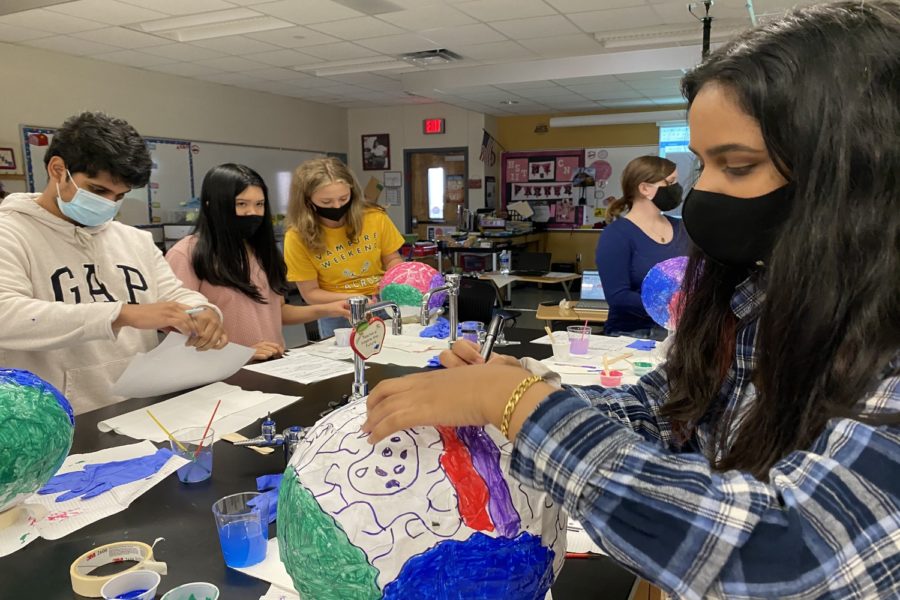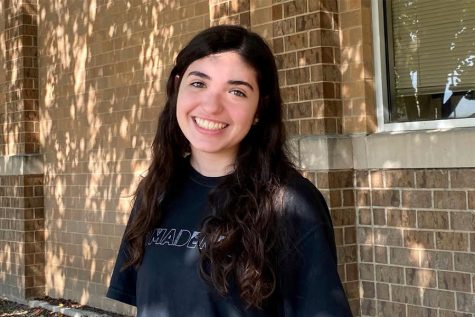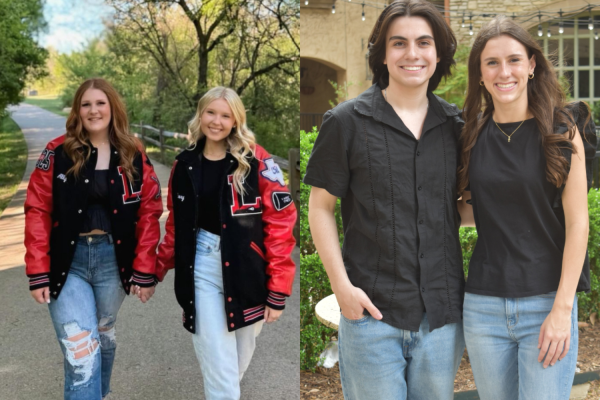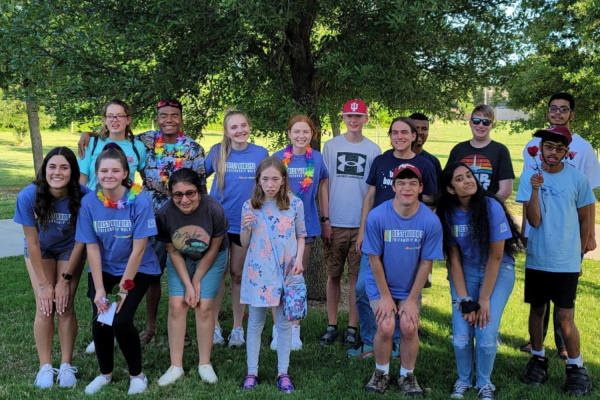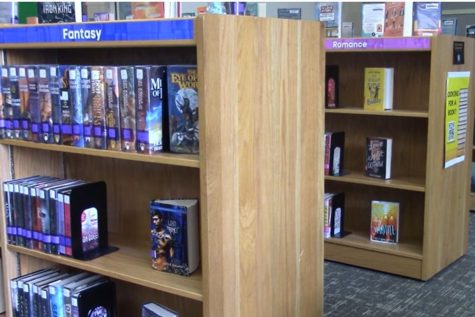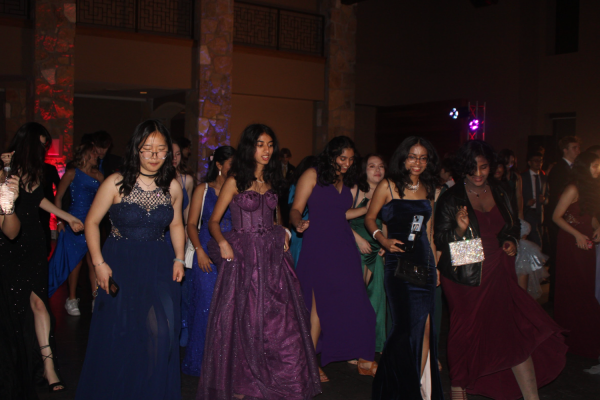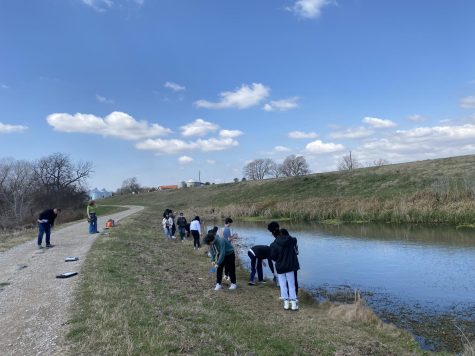Brain experts for the day, Health Science 2 creates 3D brain models
The senior grades deadline is this Monday at 4 p.m. Final grades for 9th, 10th, and 11th grade students aren’t due until 8 a.m. on Tuesday, May 17th.
April 29, 2021
Using their brain took on a whole new meaning for students in Health Science 2 Clinicals classes as they created 3D models of brain caps. With their brains’ growing knowledge of themselves, students labeled the four lobes as well as the motor and somatosensory cortex.
“When preparing for the nervous system, I was thinking and doing some research and saw that there was another teacher who had talked about doing a brain activity,” instructor Amy Parker said. “But it was with paper and not doing painting or anything like that, and because it is often a complicated system for students, I thought this would be more fun to do paper mache”
Taking a day out of their clinical rotations from hospitals and long-term care facilities, the class gathered at the CTE for a day dedicated to learning about the central and peripheral systems.
“I think we took a day out of clinicals because we really needed that time in the classroom to learn in depth about the functions of the brain,” senior Cecilia Bados said. “For example, if one of our patients or residents has a neurological condition, as CNAs we need to be able to at least identify what conditions they have in case something unexpected happens, we can report it to the nurse or doctor. So having some lecture time to learn the anatomy and physiology is very helpful in my opinion because we have some background knowledge to implement into our clinicals.”
For junior Kathy Vuong, creating brains from balloons, glue, and newspapers gave her a clearer visual of the organ.
“I liked that the hands-on activity allowed more creativity and allowed us to see the lobes of the brain in a 3-D scale,” Vuong said. “This helped me visualize more how they all align.
After spending weeks with her peers at different clinical sites, Bados enjoyed working together in a different setting.
“Collaborating with my classmates by working together on it was a lot of fun,” she said. “Plus, if we didn’t understand something we could rely on each other to teach us the content since we are from different high schools around Frisco, so we have different knowledge from different classes. I’m also a very visual person so doing something creative personally helped me so much.”



